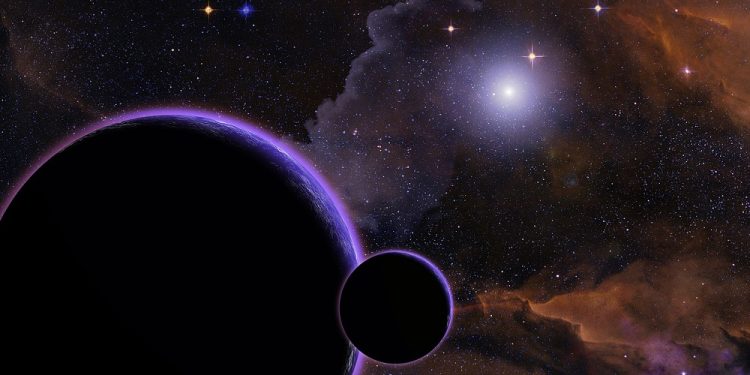
National Space Day
National Space Day is a holiday that was first established near the end of the 1990s and continues to be observed with enthusiasm to this day.
This day falls on the first Friday in May, and it’s a holiday that encourages people to not only explore the wonders of the universe but also to pursue a career in science so that a new generation of students can enter the aerospace field.
The History of National Space Day
National Space Day was first created in 1997 by the Lockheed Martin Corporation as a one-day event to inspire students to become interested in space and in the aerospace jobs that support space exploration and research.
However, this day didn’t remain just a one-day event but has continued to be celebrated by teachers, aerospace workers, and space enthusiasts every year. The holiday became so popular that, four years after this holiday was first celebrated, former astronaut and U.S. Senator John Glenn expanded the scope of this holiday by creating International Space Day.
Fun Facts About Outer Space
Below are a few of the fun facts we discovered when we began researching outer space. The following facts are ones that we feel everyone interested in this holiday is going to want to know—if they don’t know them already.
- The hottest planet in our solar system is Venus, with an average surface temperature of 450 degrees Celsius or 842 degrees Fahrenheit.
- The central core of the Milky Way contains a supermassive black hole. This black hole is known as Sagittarius A* and has a mass of over 4 billion suns.
- In about 5 billion years, the Milky Way will collide with the Andromeda Galaxy.
- On average, a football-sized asteroid strikes Earth approximately every 2,000 years or so.
- About 99.86% of the solar system’s mass is in the sun.
- In 130 million years, the sun will run out of hydrogen, expand, engulf the Earth, and become a red giant star.
- The sun’s internal core can reach temperatures of 15 million degrees Celsius or about 27 million degrees Fahrenheit.
- The Moon is drifting away from the Earth at a rate of approximately 3.8 centimeters a year.
- As of 2020, only 12 people have walked on the surface of the Moon.
Celebrating National Space Day
Anyone looking to celebrate National Space Day merely has to fix their gaze towards the heavens. Of course, some people might want to do a little bit more than that, so we have a few suggestions. A person can use a telescope to check out the planets and stars, they can build a model rocket, or they can check the skies for the International Space Station.
Teachers can use the day to tailor special lessons for their students, and museums all over the U.S. are ready to teach us all a thing or two about space. And while we’re all celebrating this holiday, we should take a moment to use the hashtag #NationalSpaceDay to encourage everyone else to celebrate it as well.








